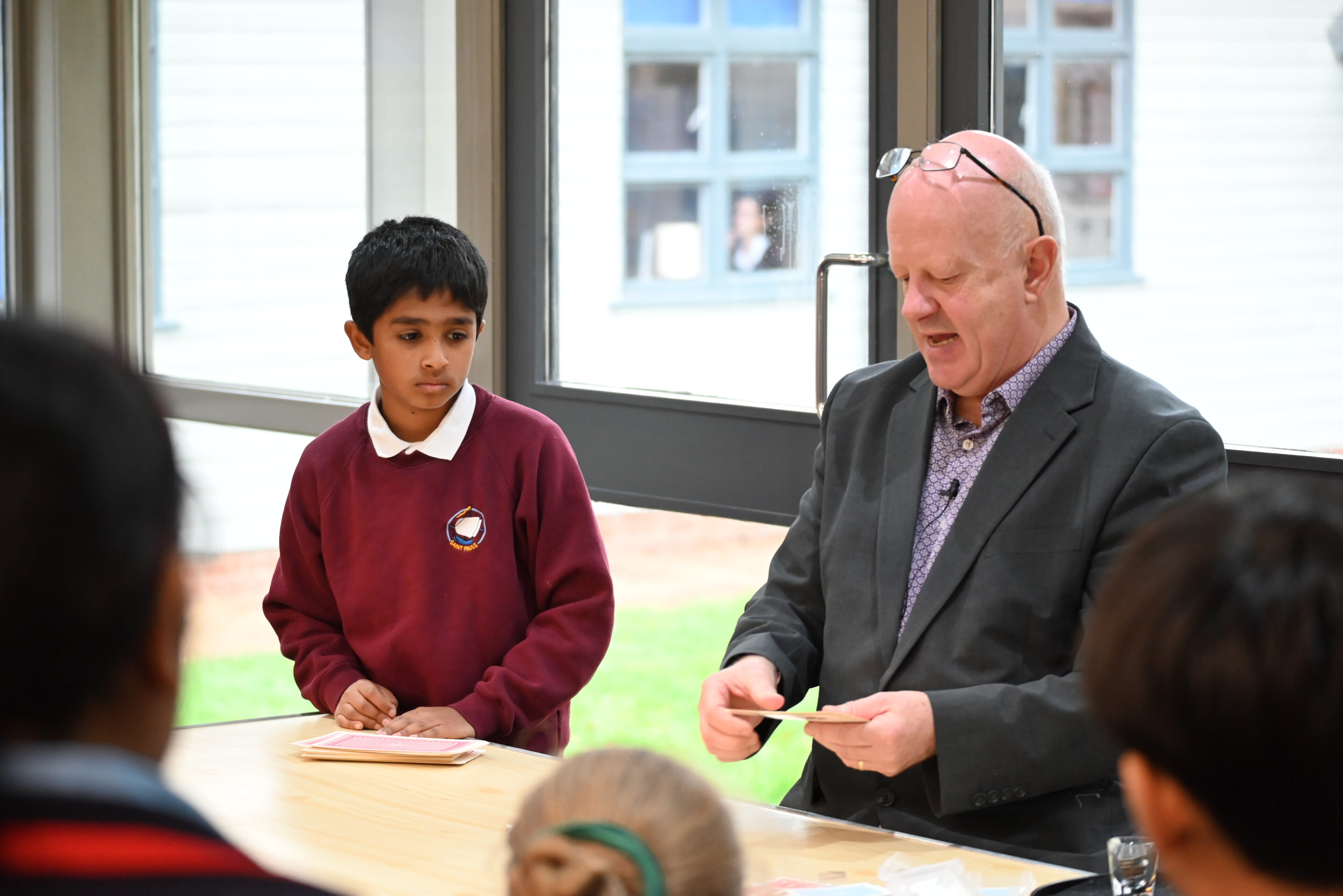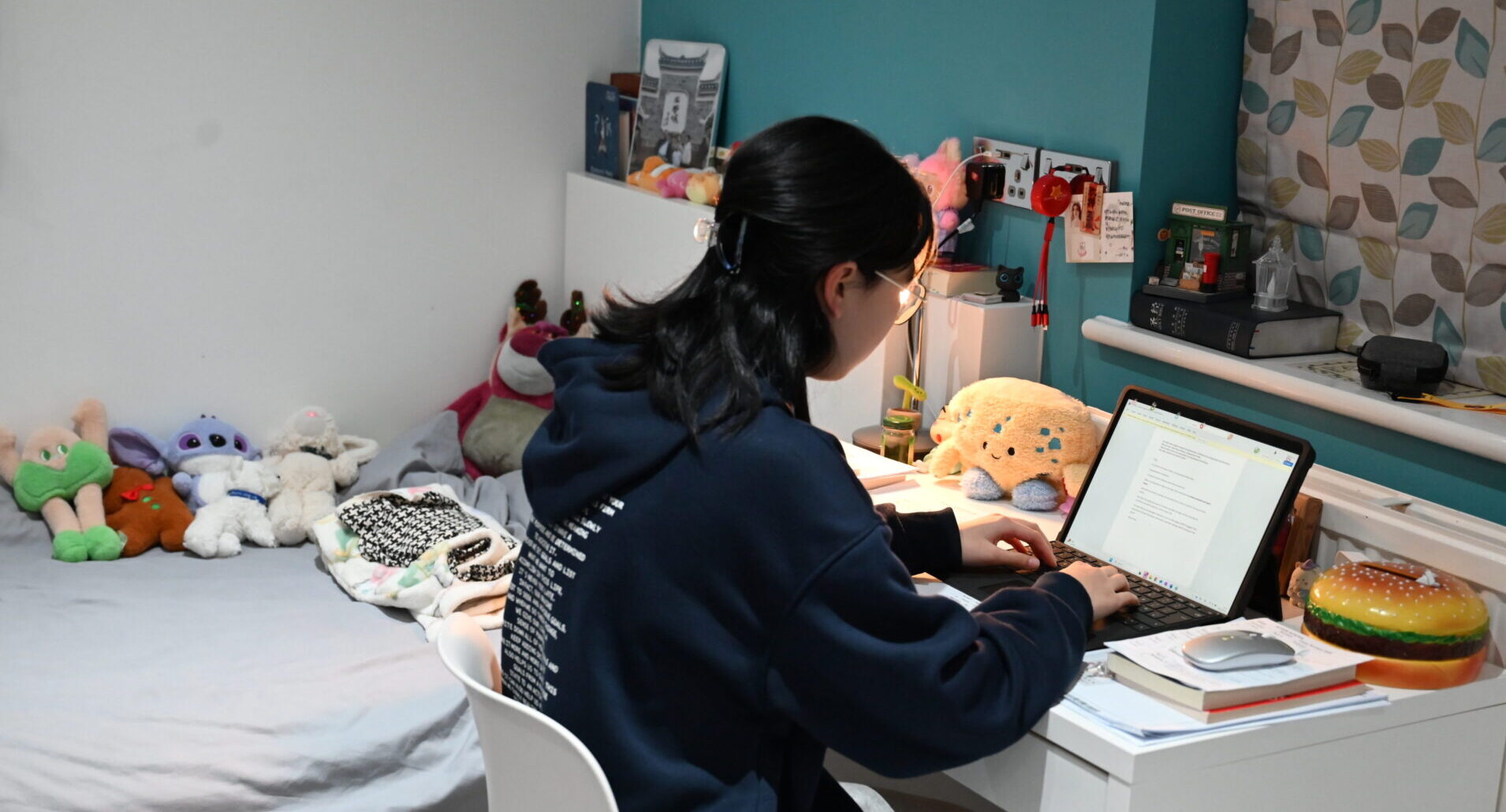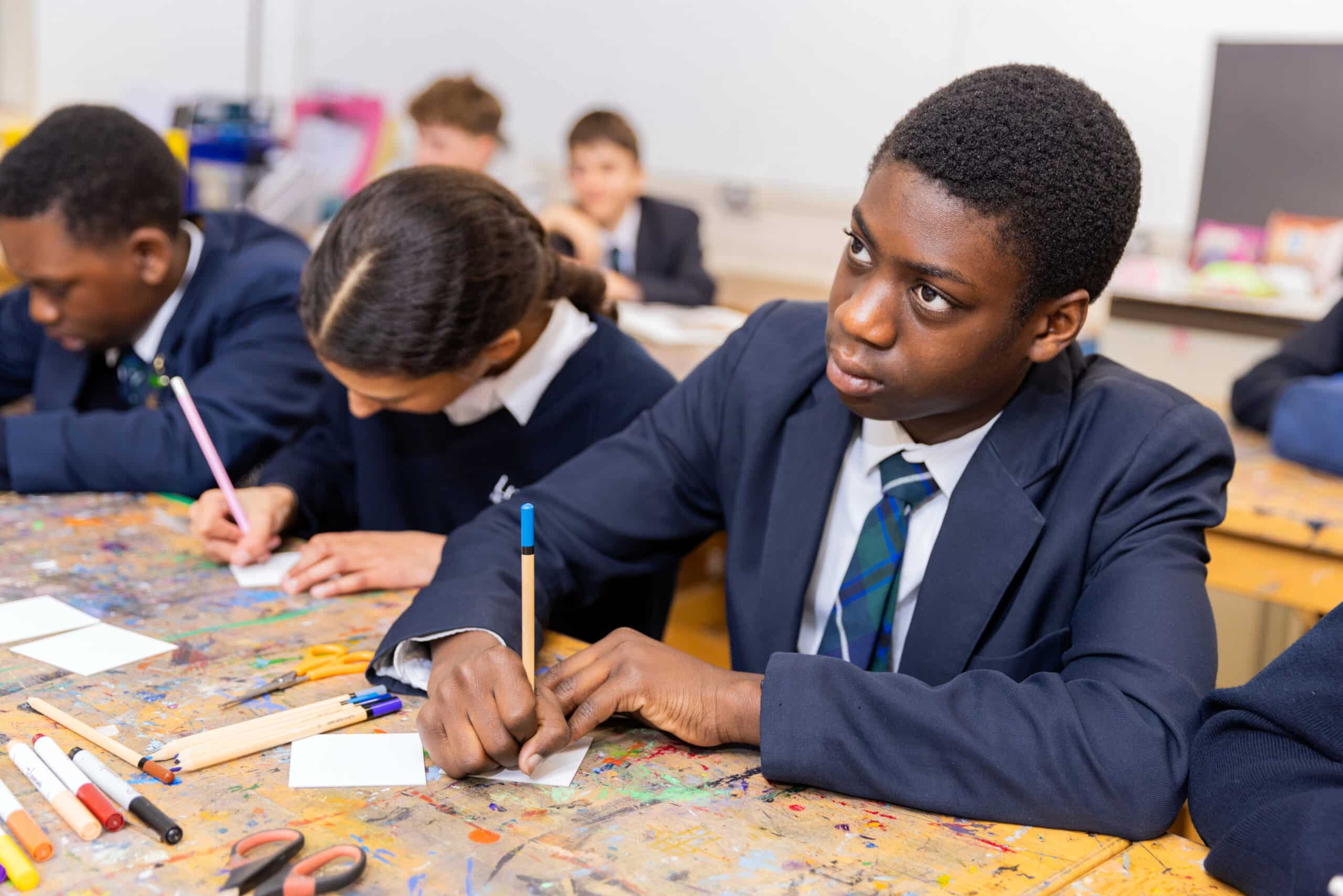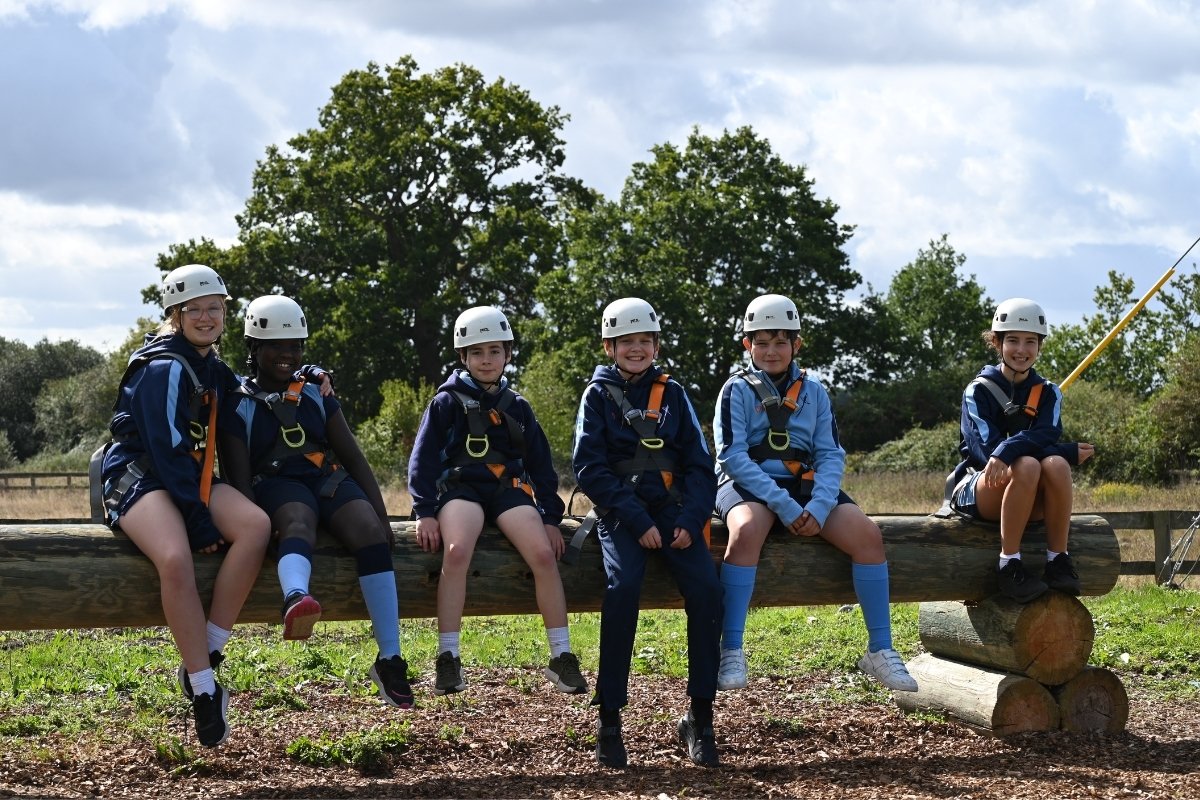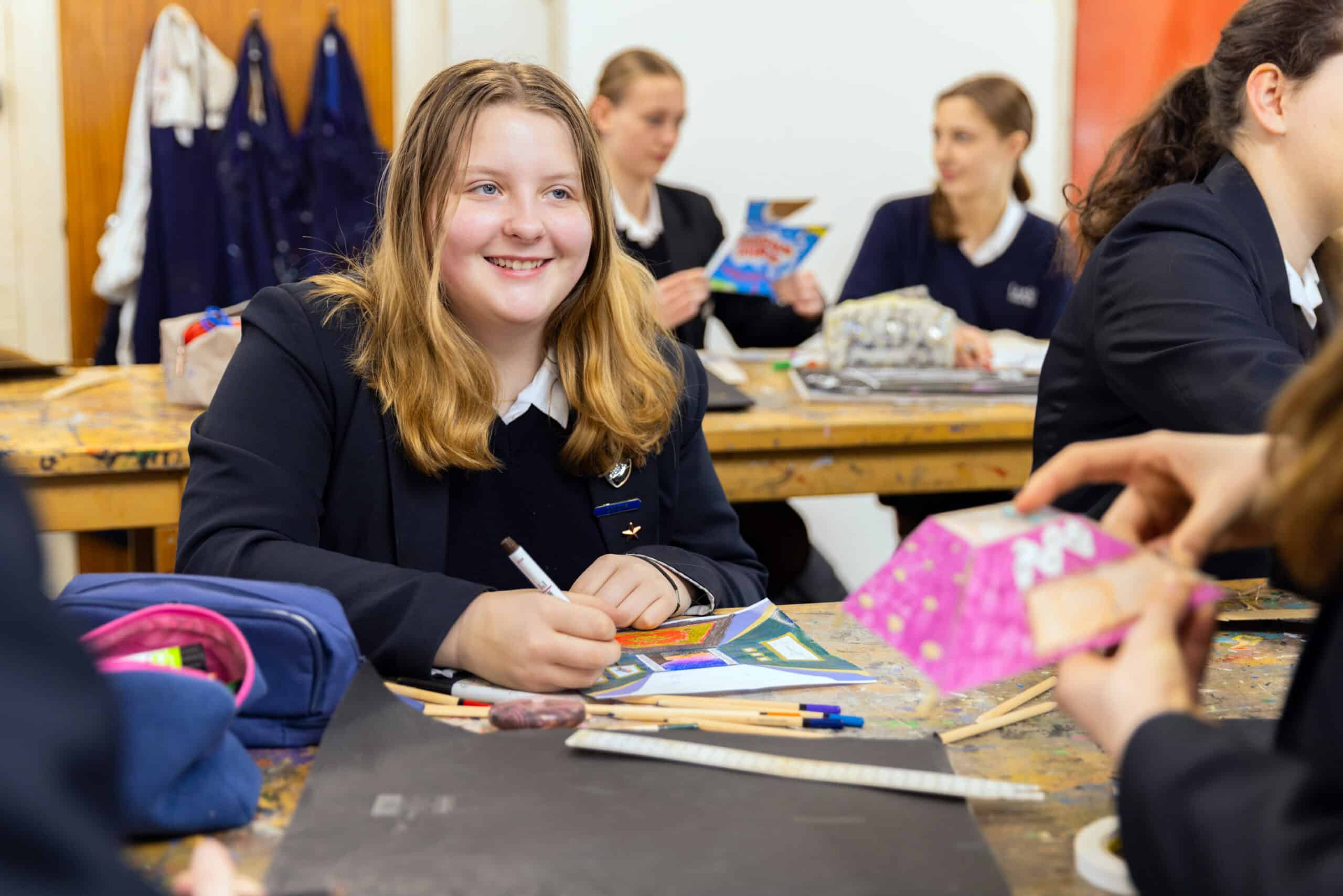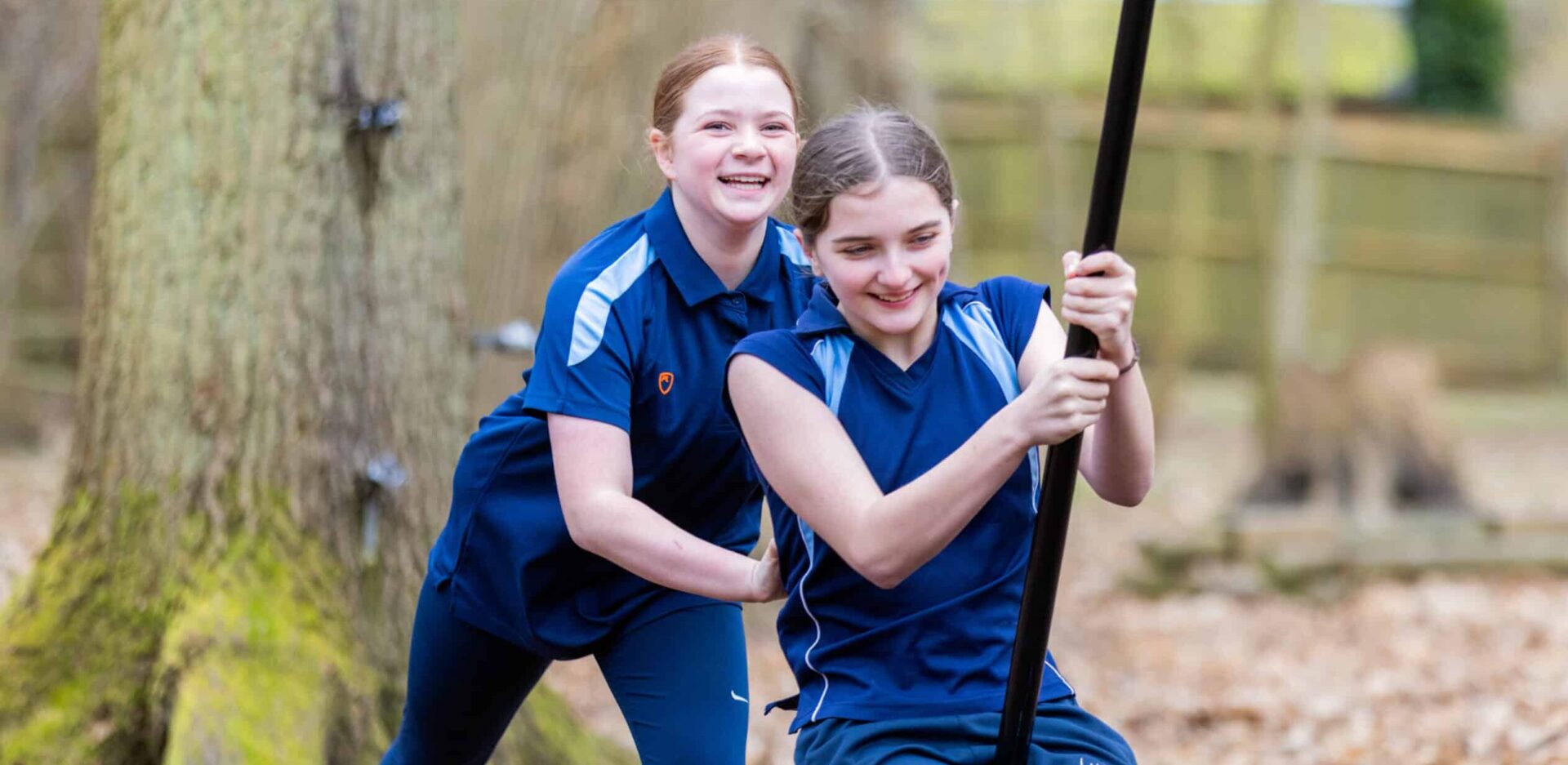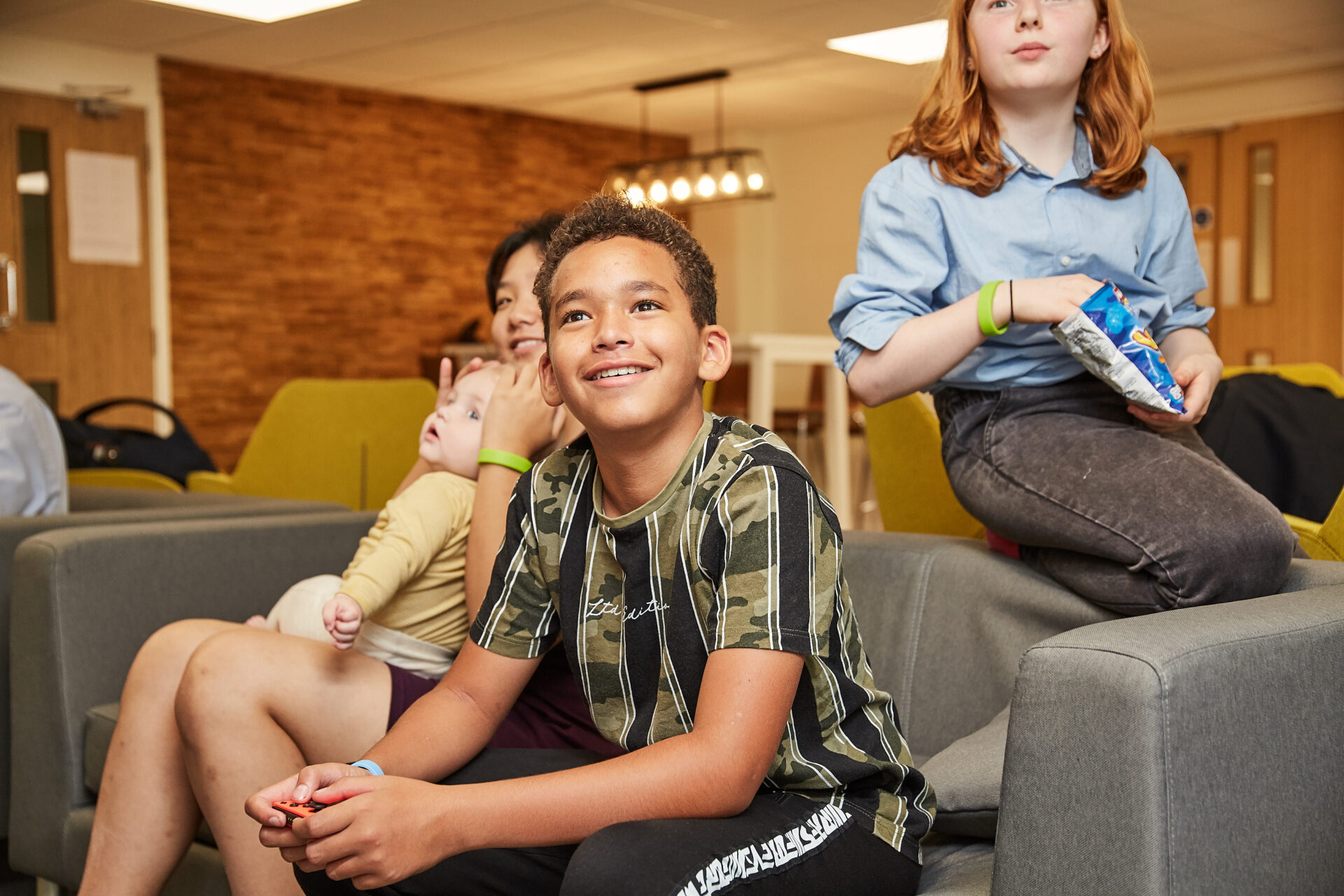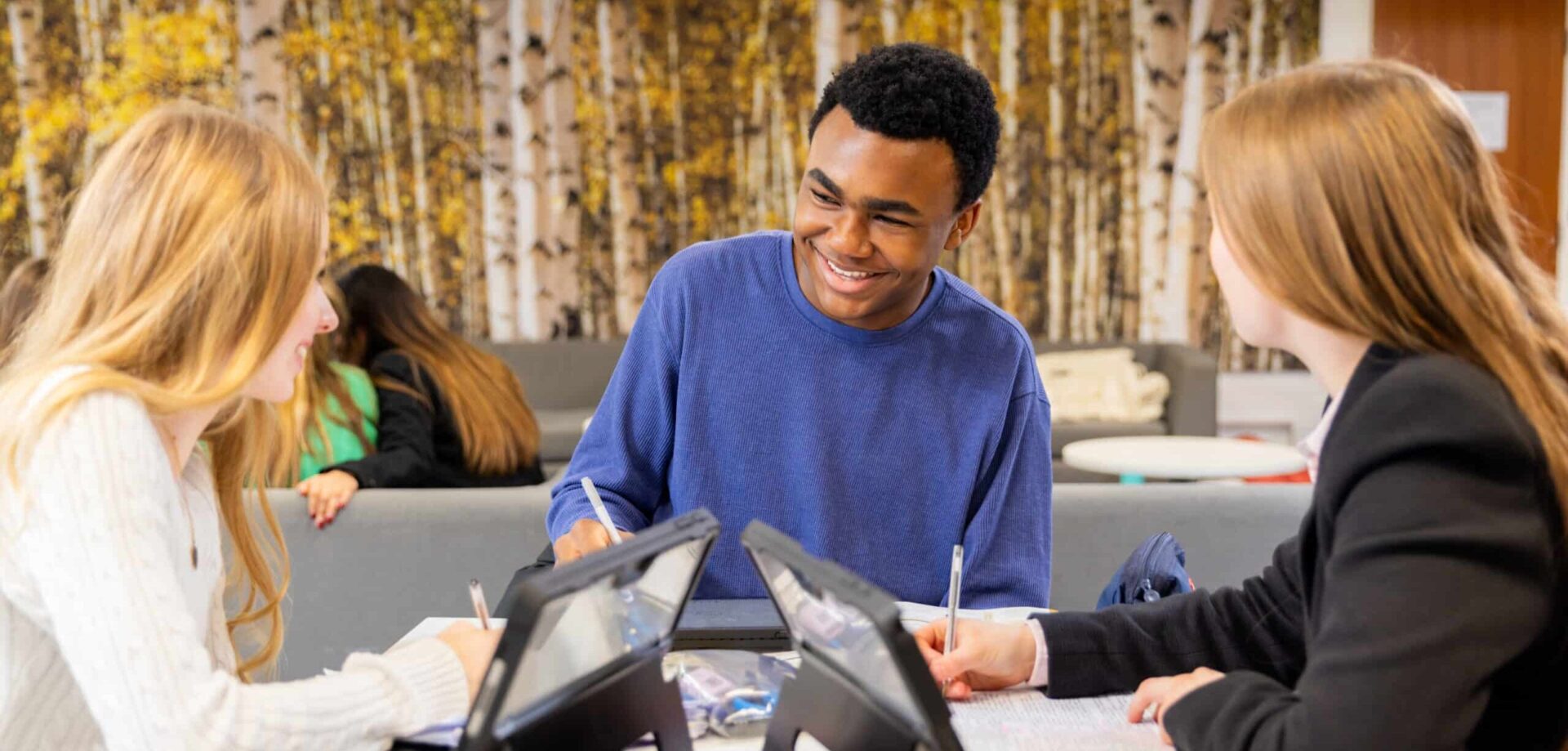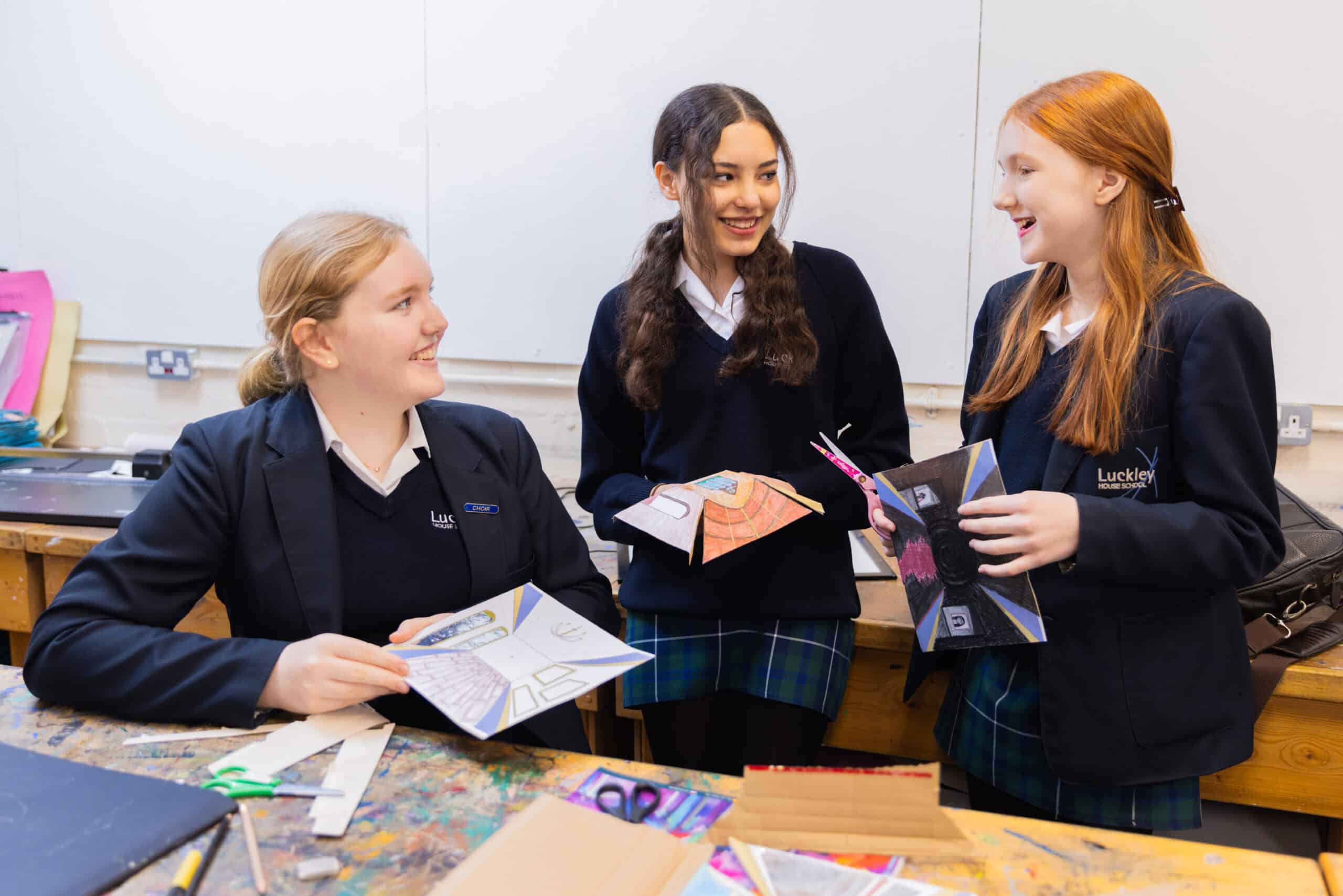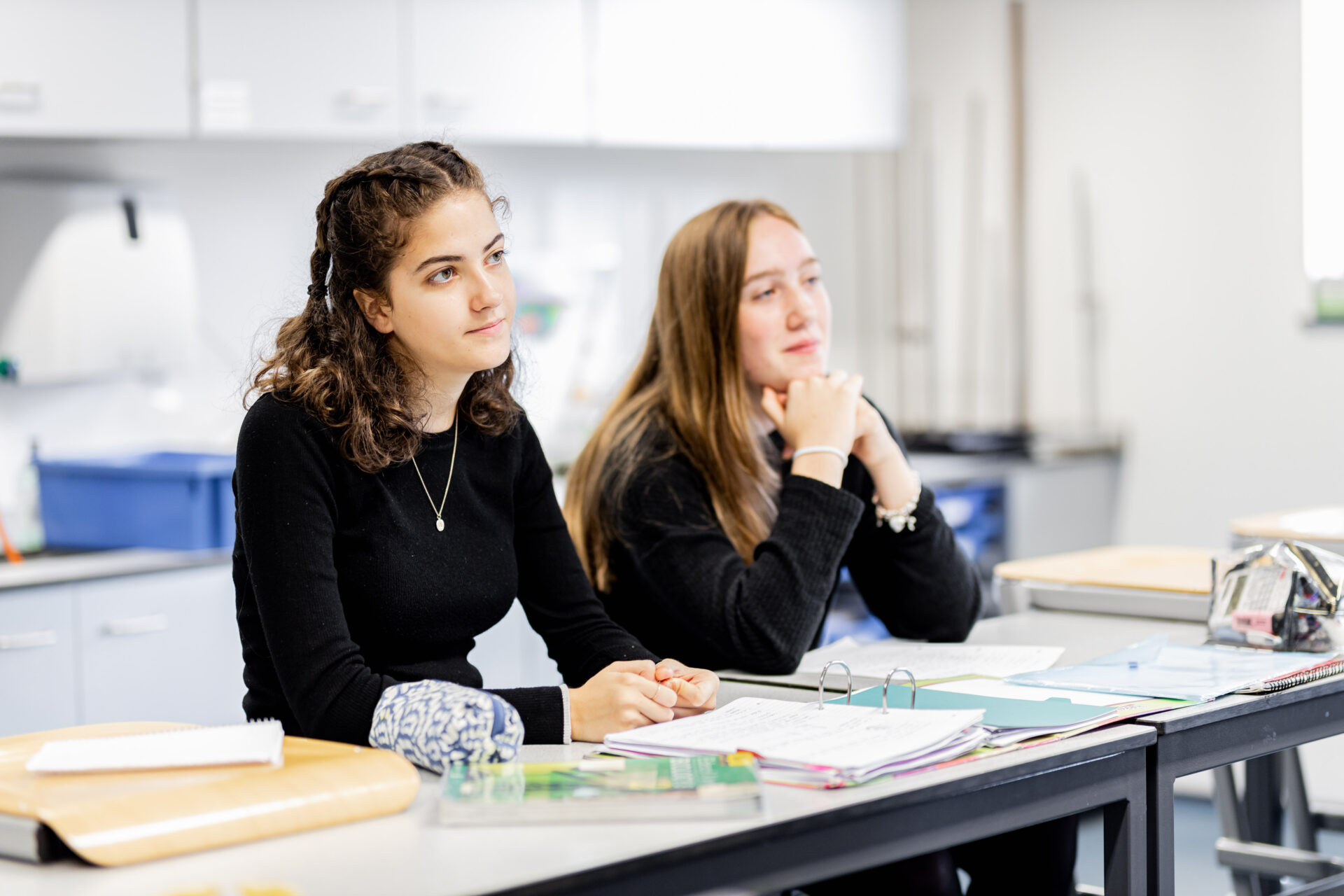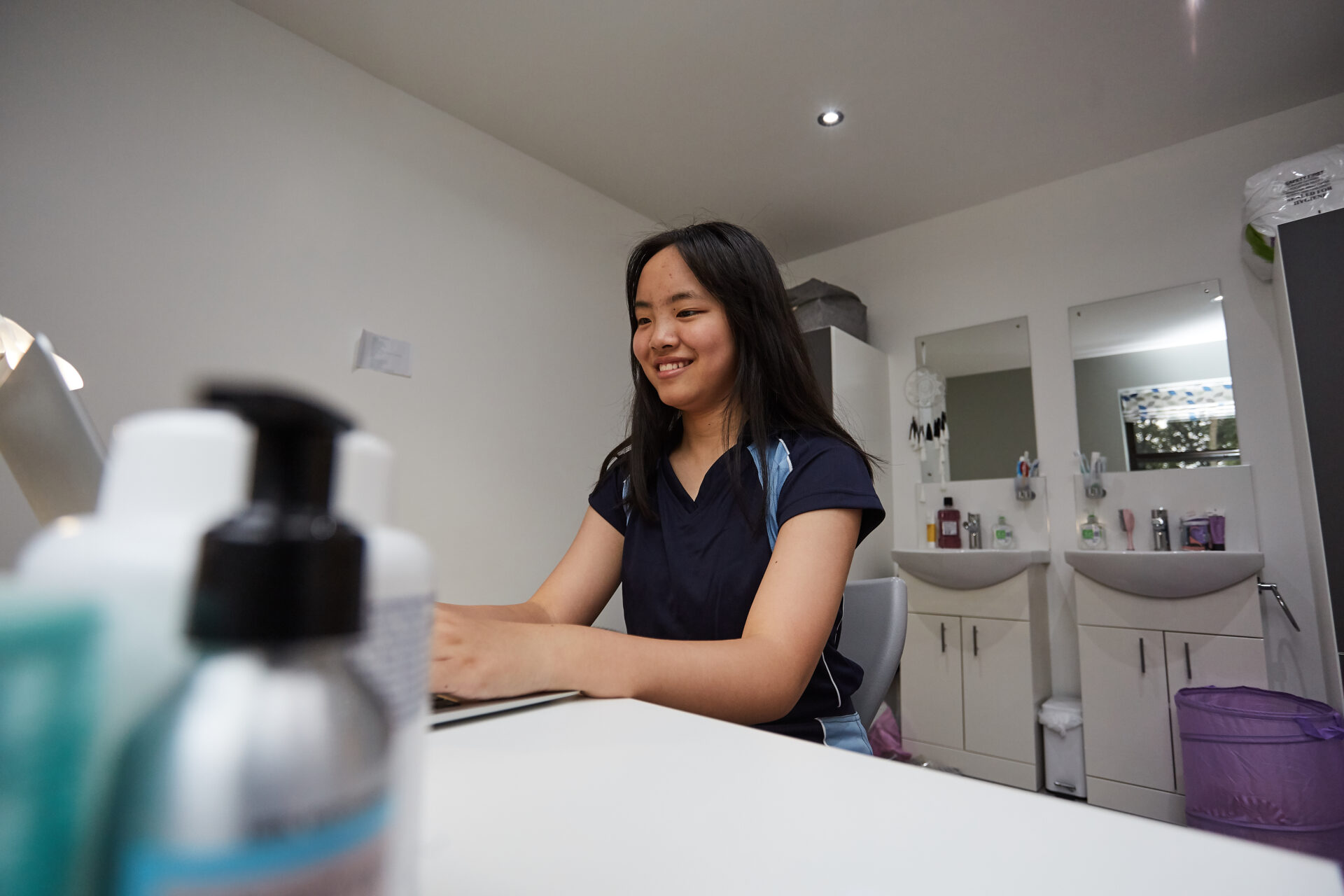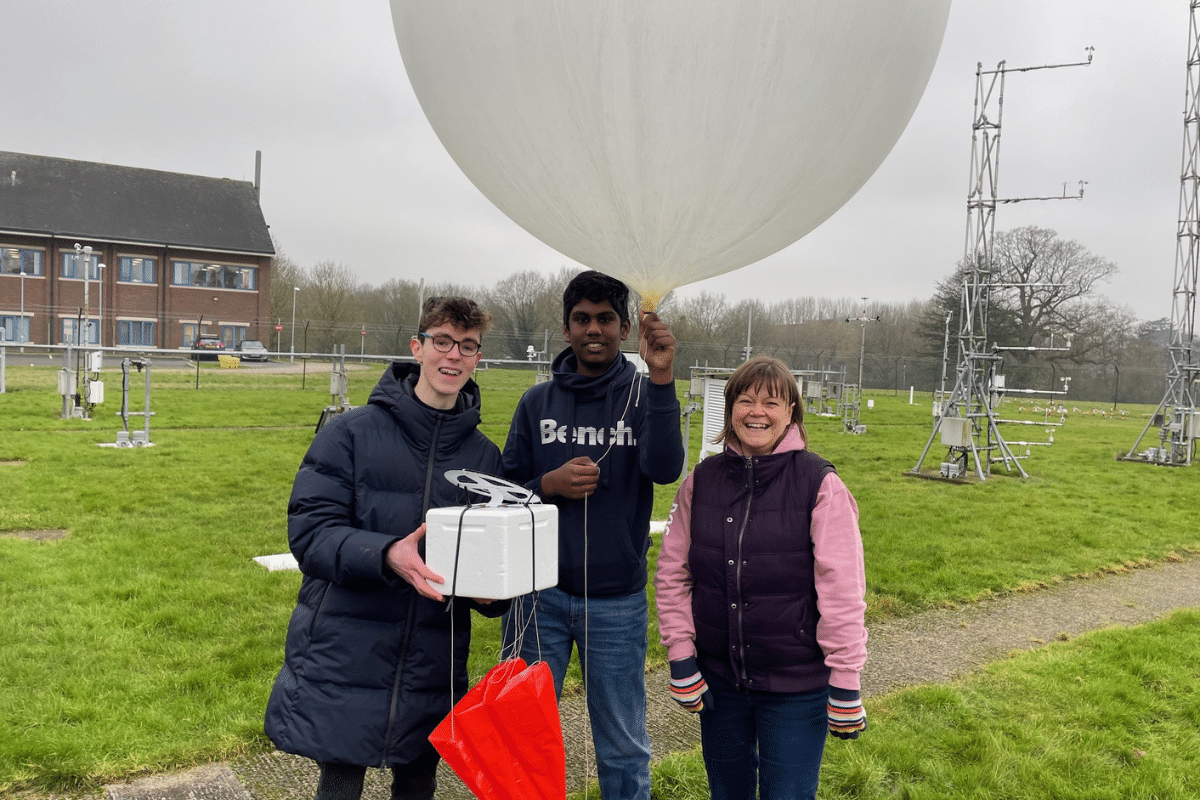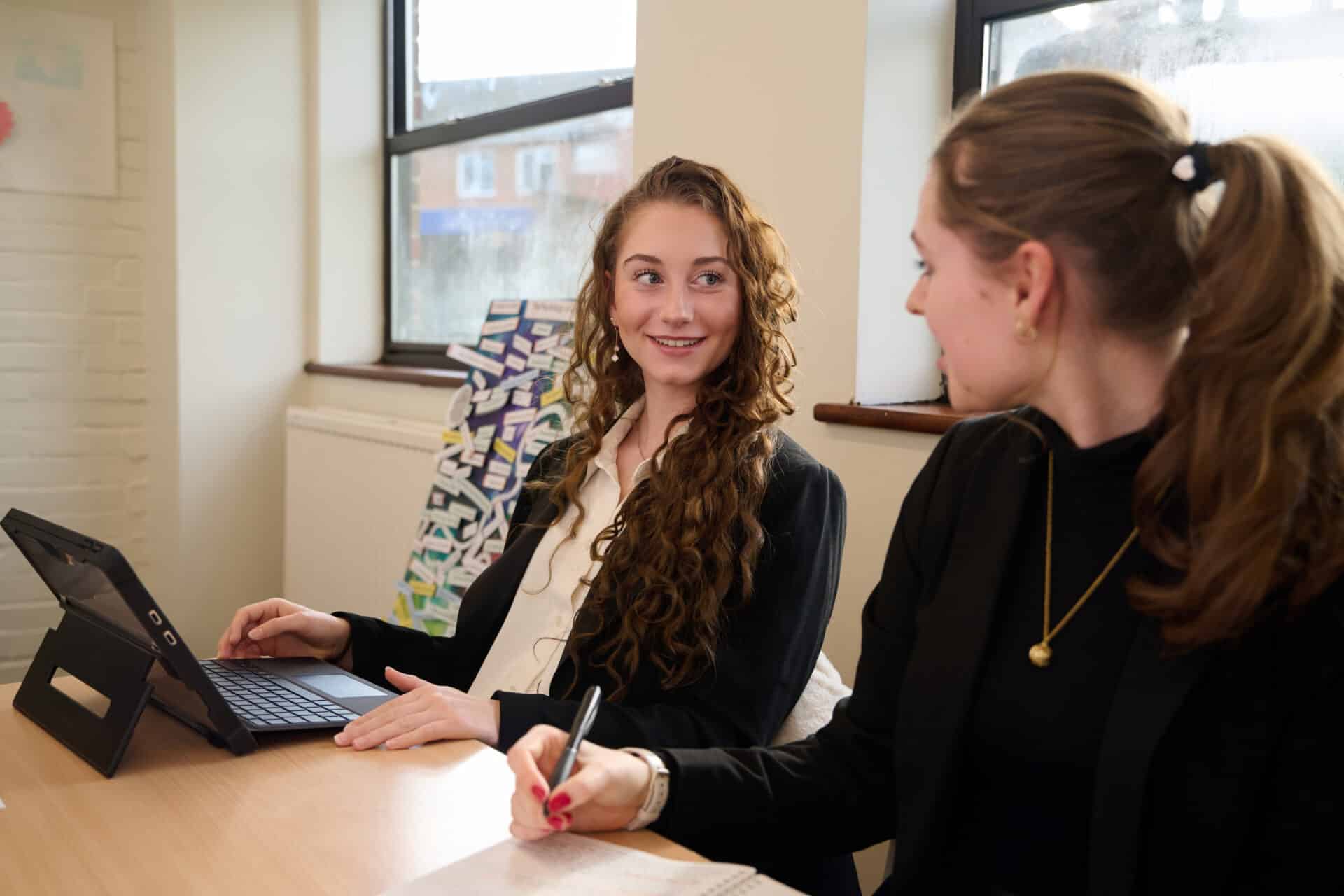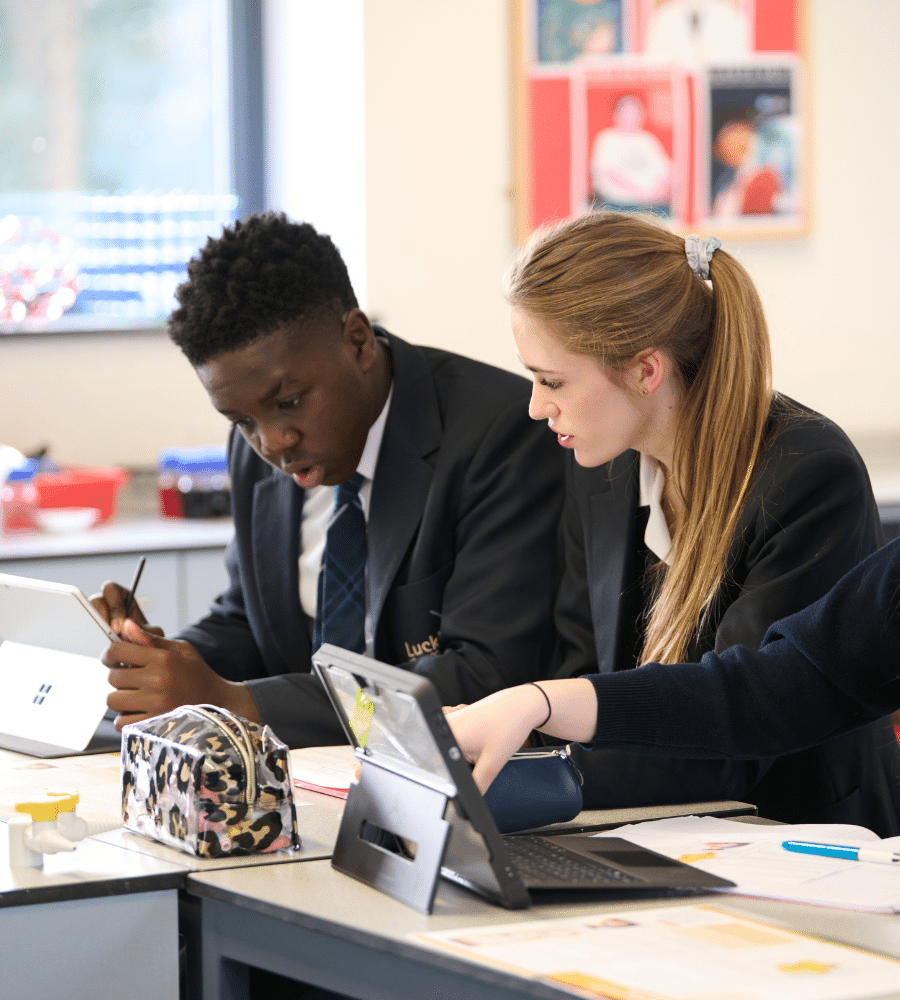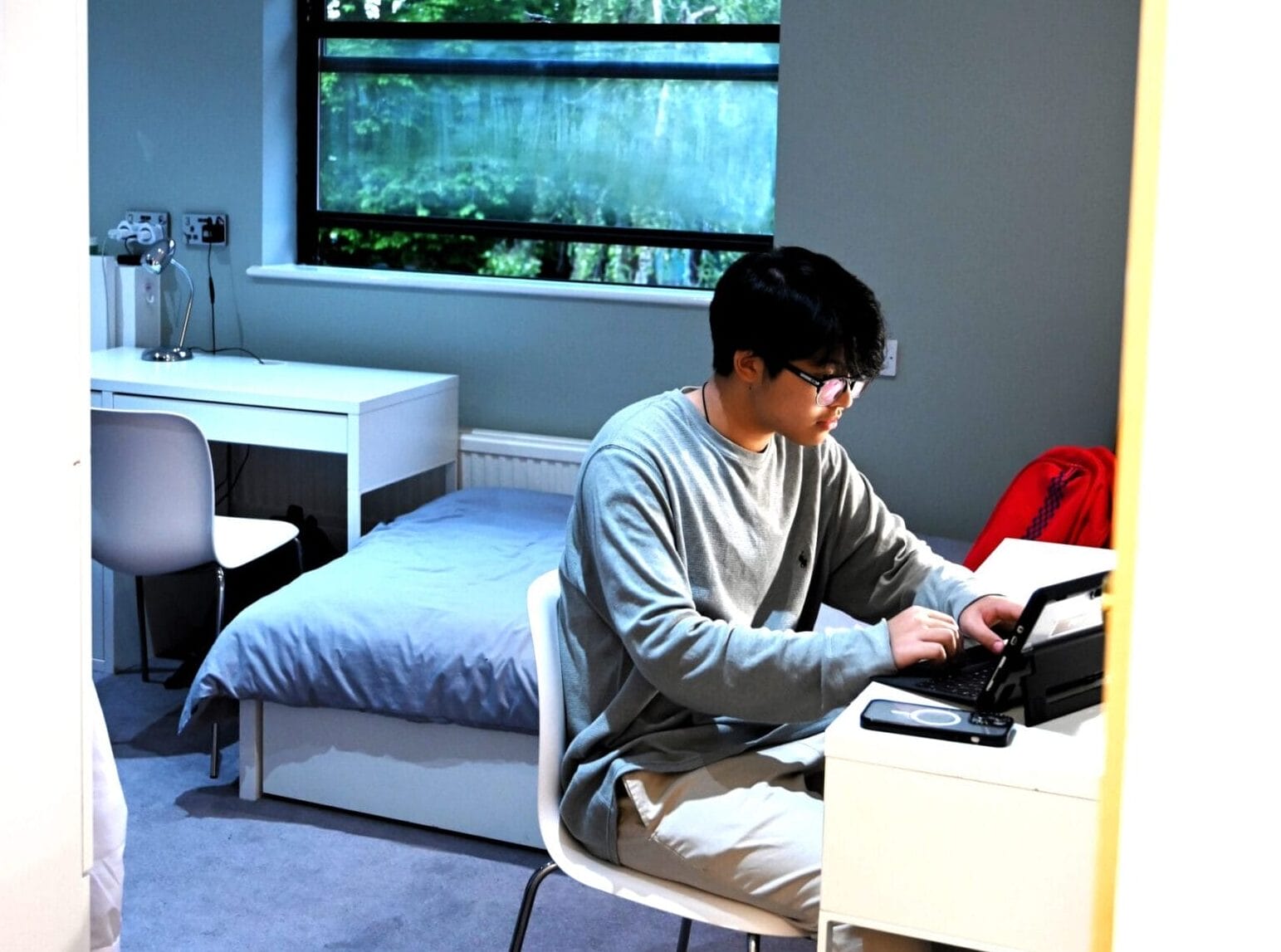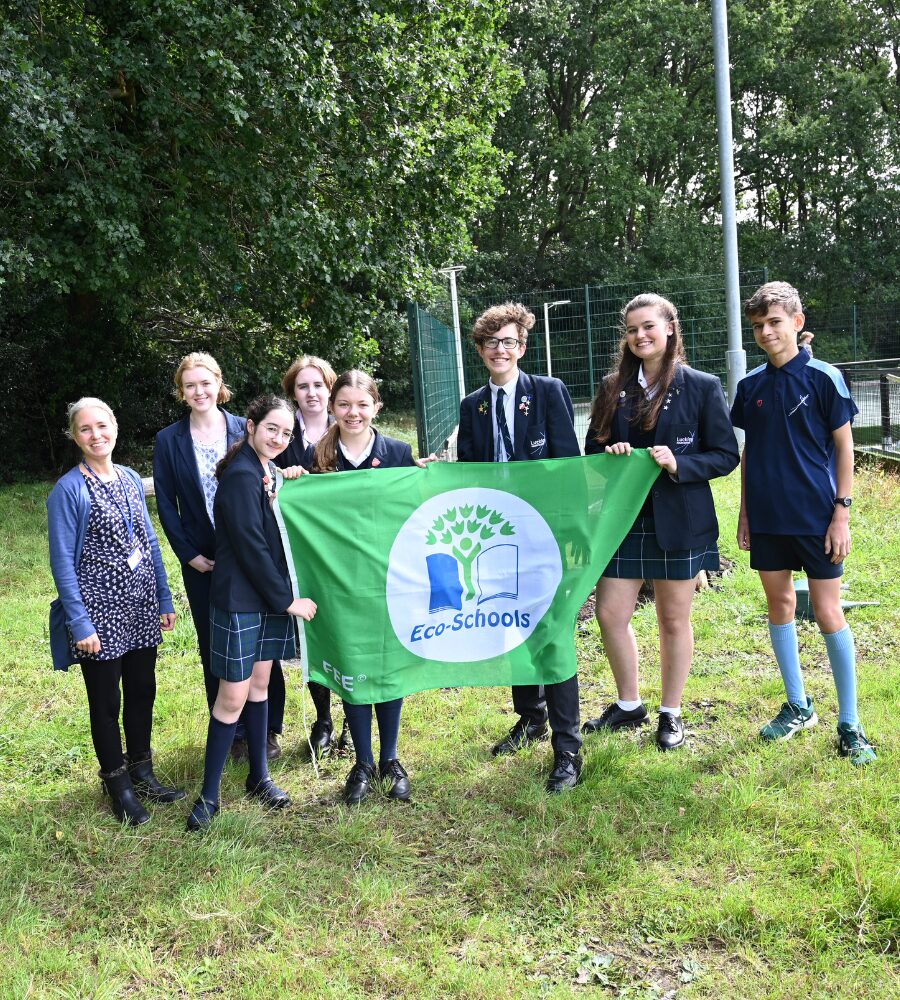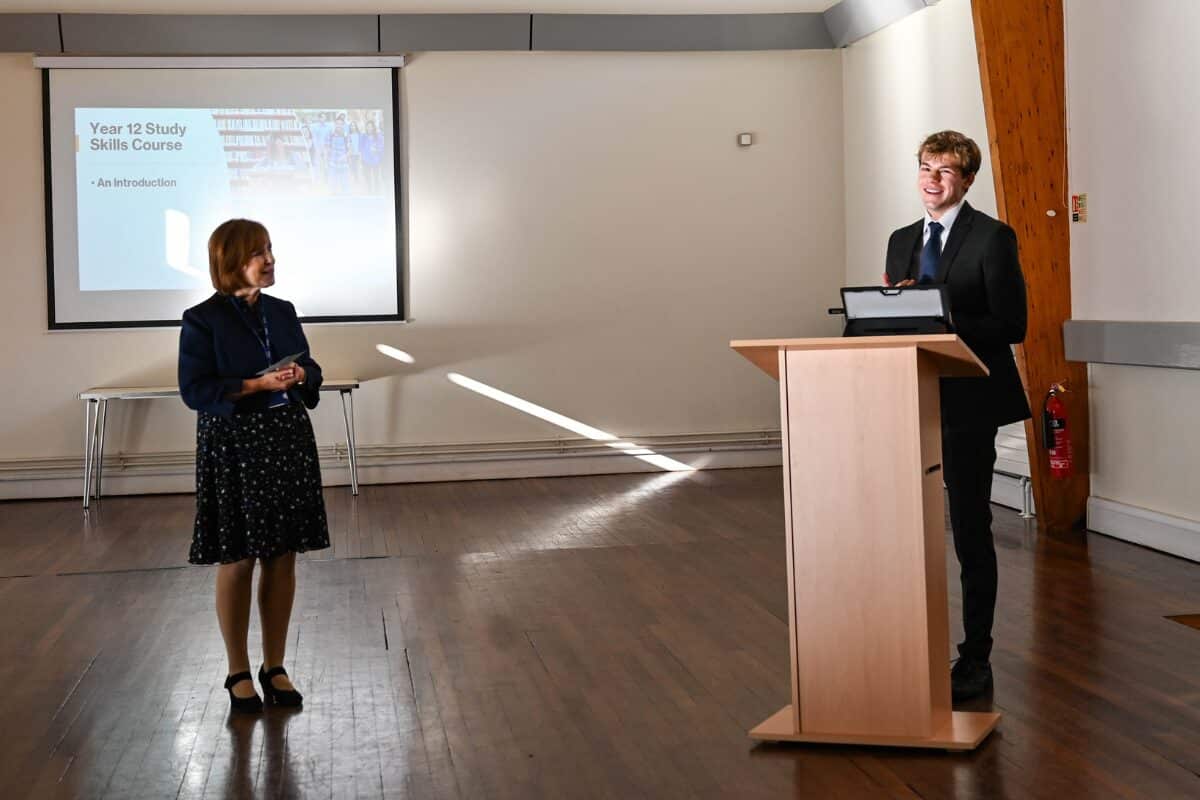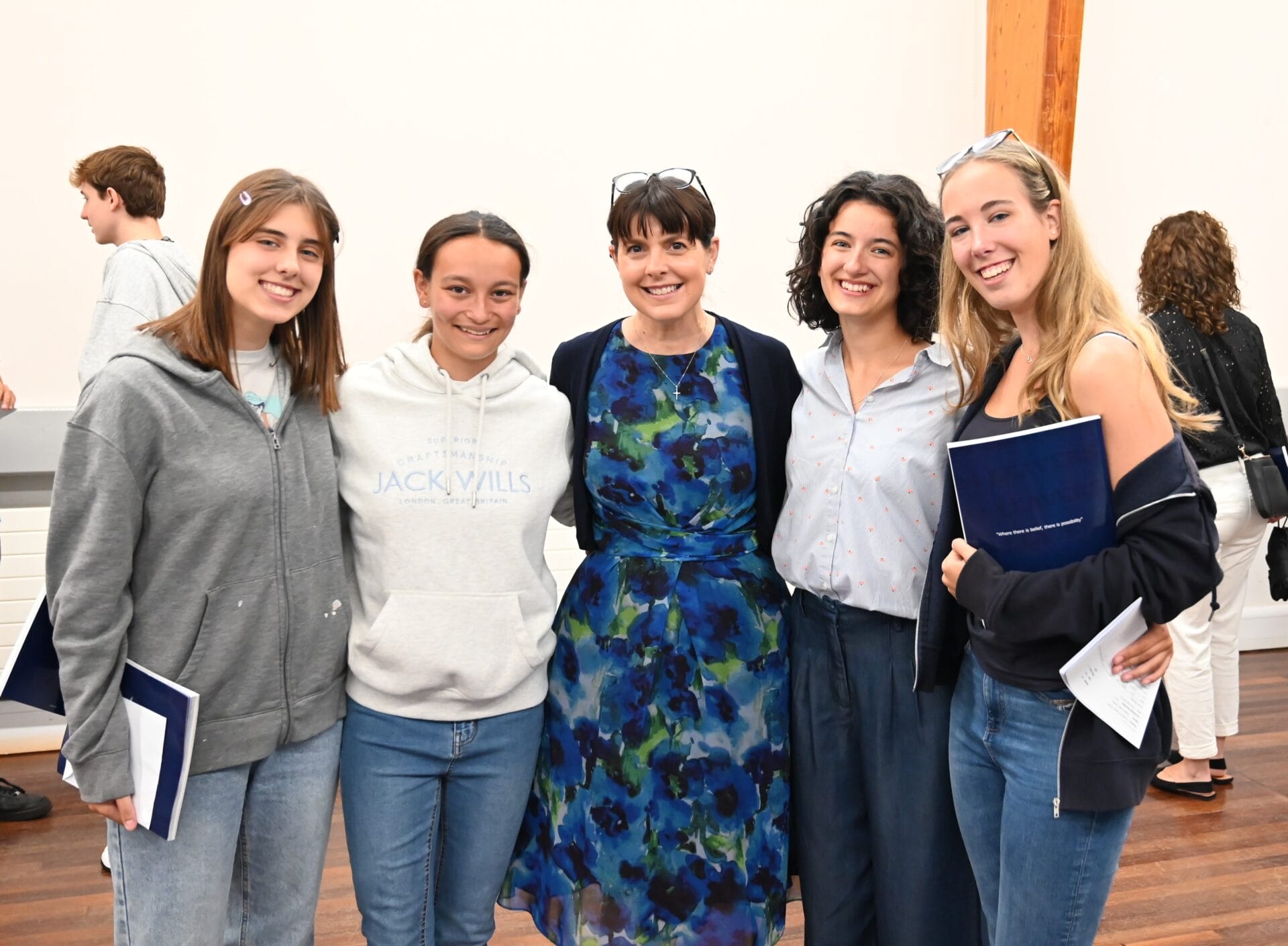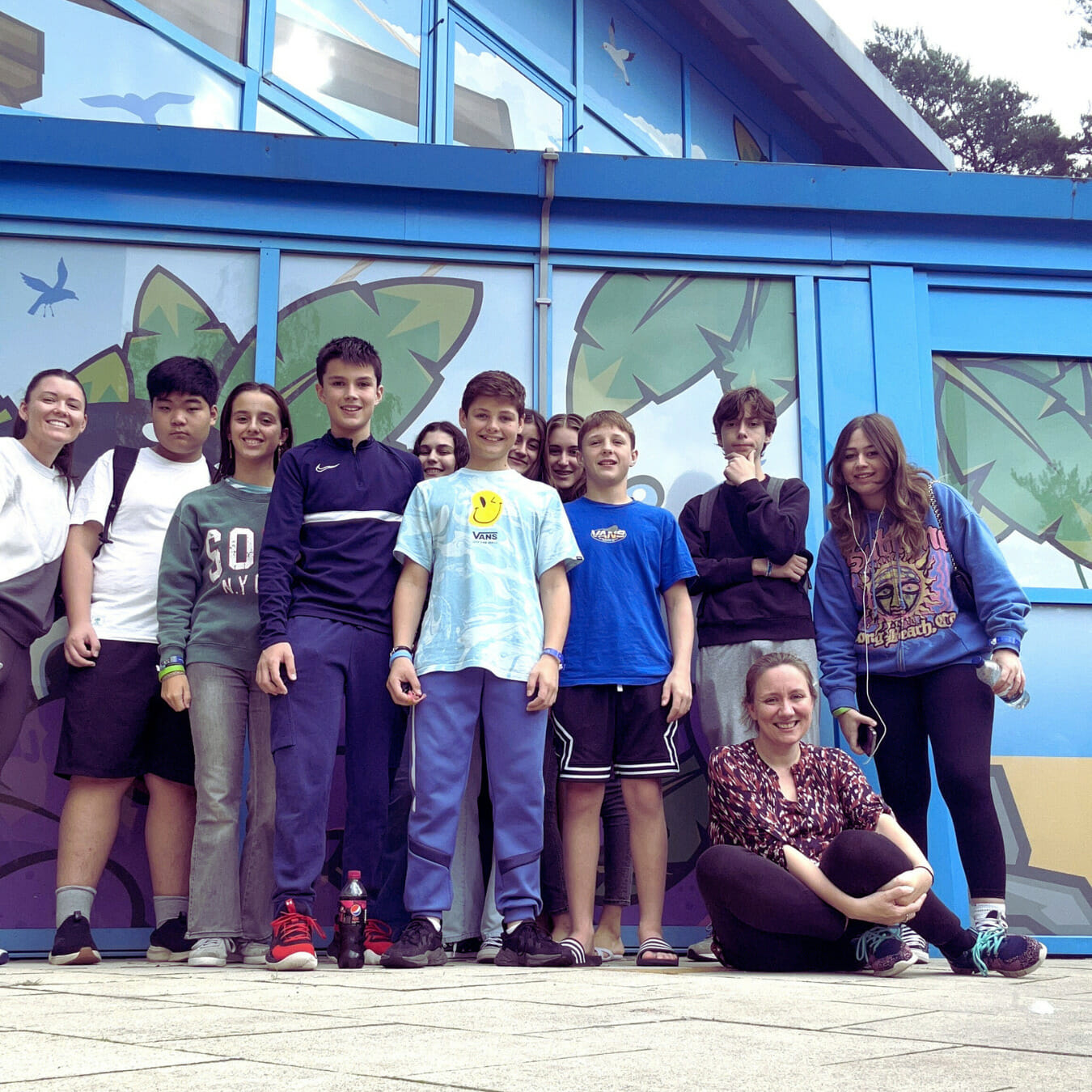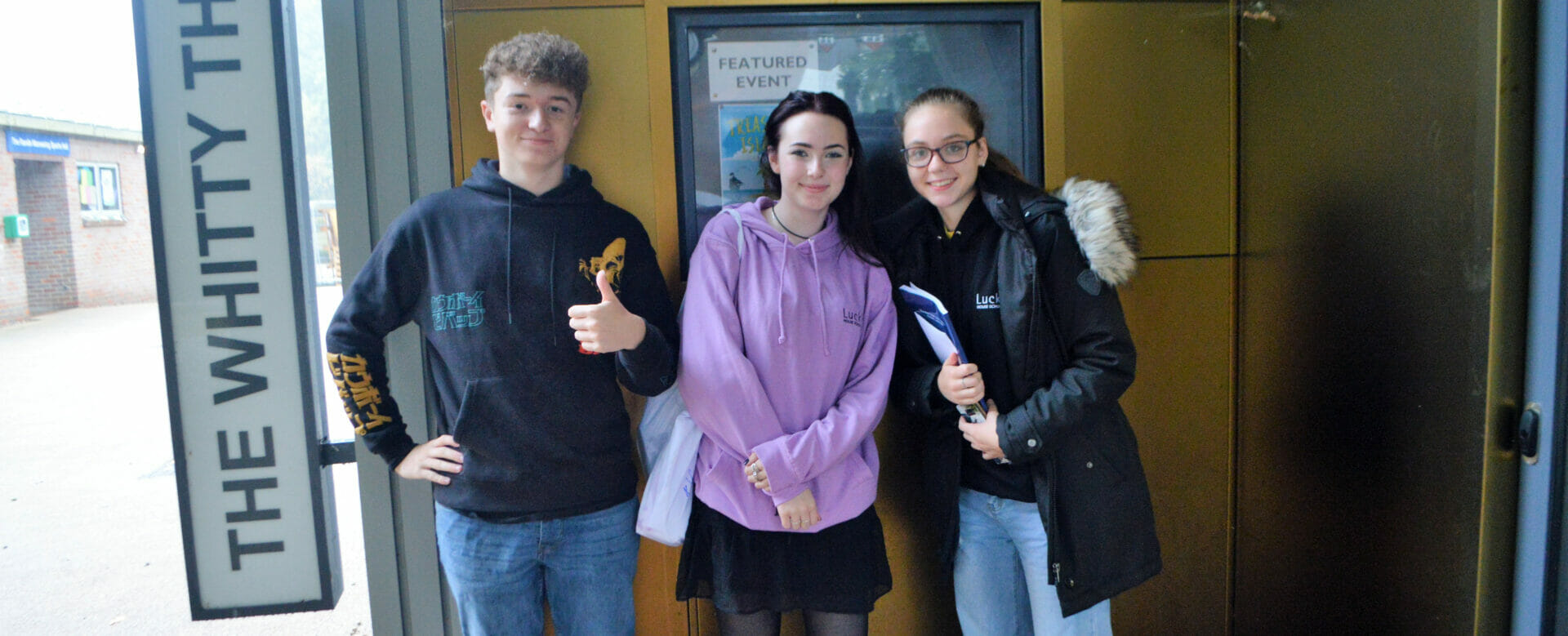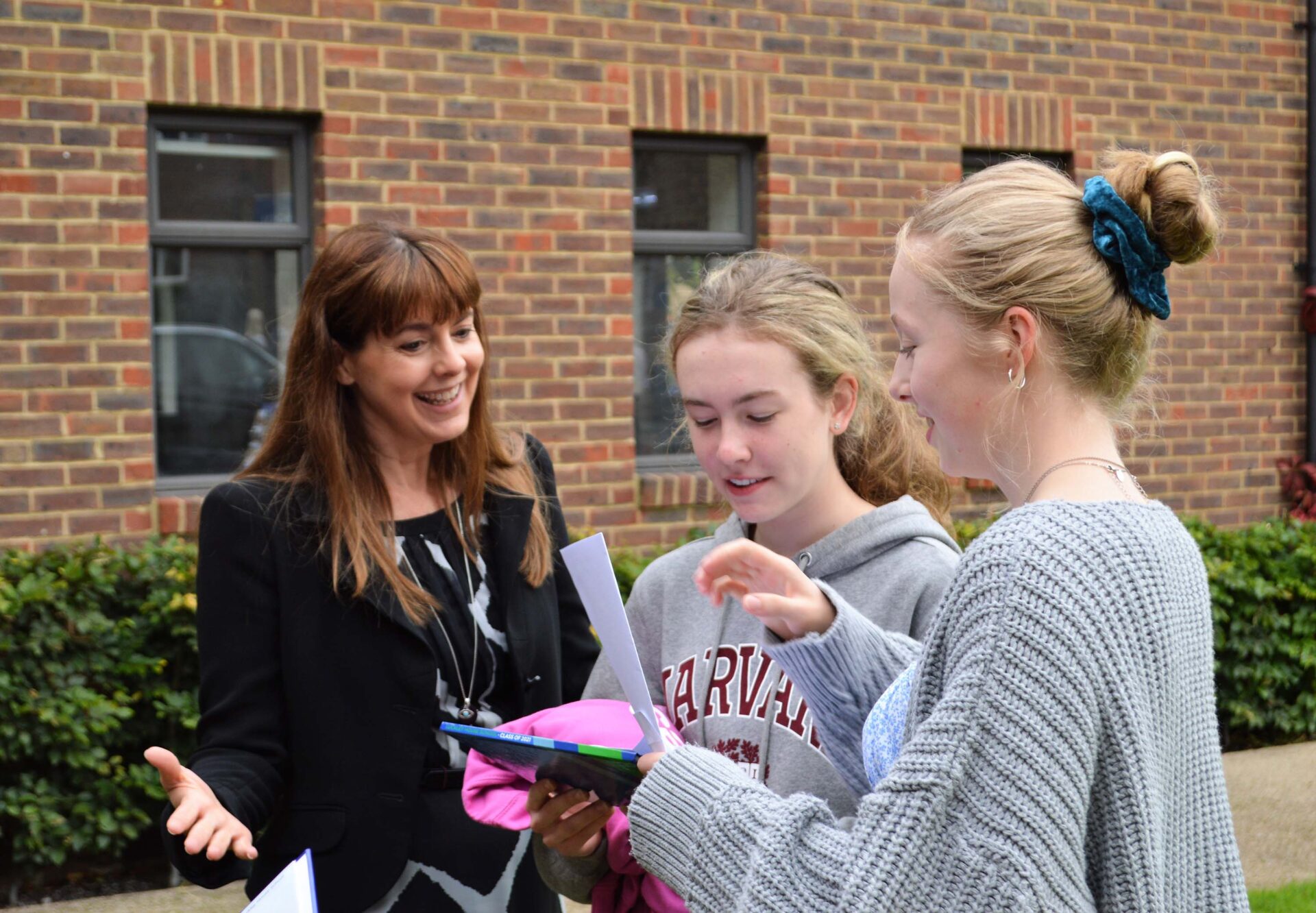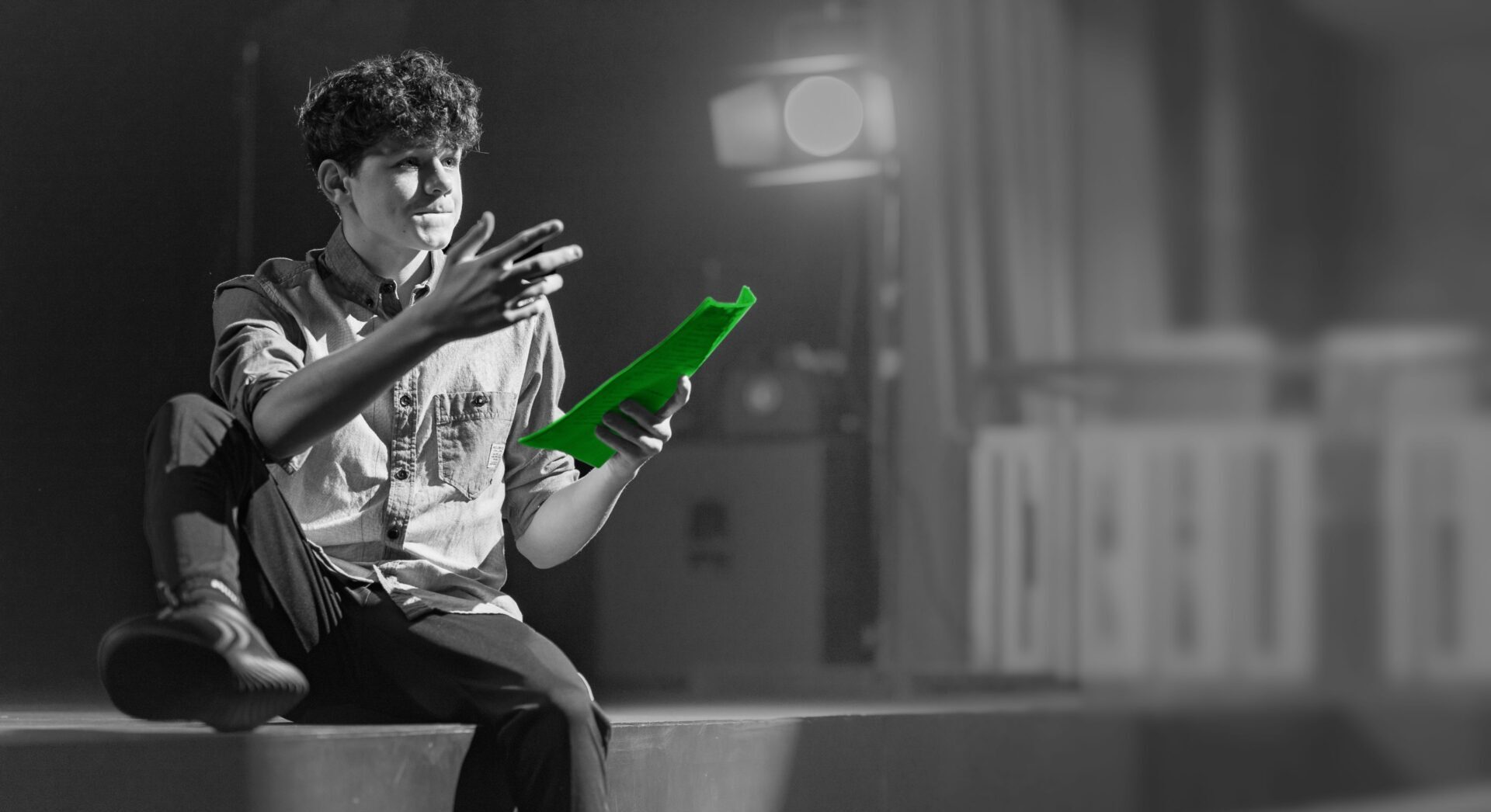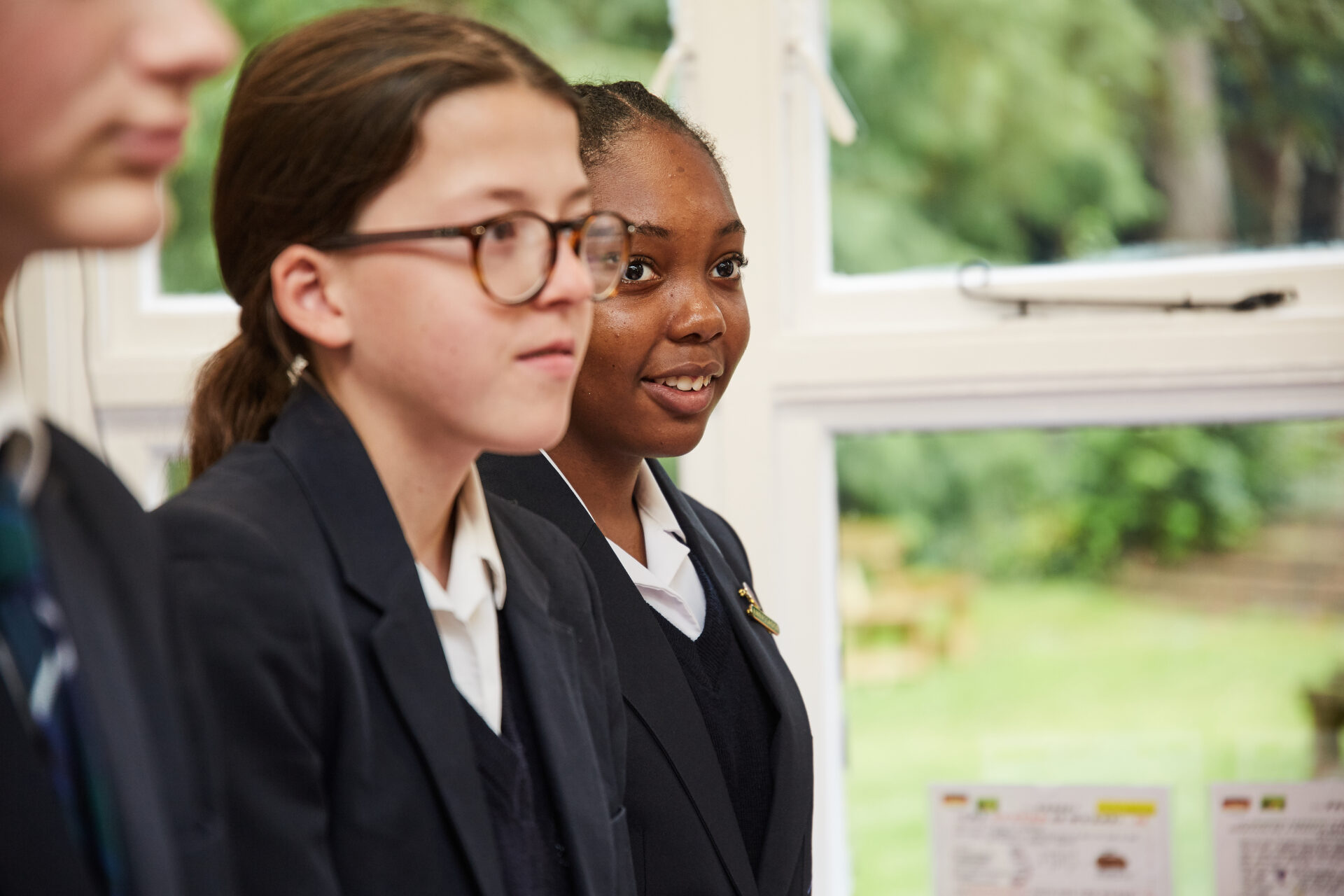
Technology has become an integral part of modern education, influencing not just what we learn but how we learn. As schools continue to adapt to an increasingly digital world, the concept of digital learning has taken on greater significance in supporting academic success and personal development.
But what exactly is digital learning? And how is it reshaping the classroom experience for both pupils and teachers?
Rather than replacing traditional teaching methods, digital learning works alongside them, offering new ways to engage with content, collaborate with others, and develop skills that are essential for life beyond school. From cloud-based platforms to interactive tools, the digital classroom is opening up more flexible, personalised, and dynamic opportunities for learning.
In this blog, we will explore what digital learning really involves, look at its key benefits, and share how Luckley House School is embracing it as part of a broader vision for future-ready education.
Learn MoreWhat Is Digital Learning?
Digital learning refers to the use of technology to support and enhance education. It’s not just about replacing textbooks with screens or uploading homework to a cloud-based system. Rather, it’s a shift in how we deliver, engage with, and think about learning.
In practice, digital learning takes many forms. It might involve pupils accessing interactive lessons online, watching recorded tutorials at their own pace, or collaborating on a shared document in real time. Teachers can use digital platforms to track progress, give instant feedback, and adapt their teaching based on individual needs.
At its best, digital learning blends traditional methods with new opportunities. It doesn’t discard the value of in-person teaching, discussion, or books. Instead, it builds on those foundations, providing tools that can deepen understanding, open up access, and empower learners to become more independent.
It’s also more than a classroom tool. Digital learning includes how schools manage resources, how pupils communicate outside lesson time, and how families stay connected with what’s happening in school. When implemented well, digital learning supports the entire ecosystem of education.
The Benefits of Digital Learning
When thoughtfully integrated into the classroom, digital learning can support a broad range of educational outcomes. These benefits reflect some of the core aims of a modern curriculum: helping pupils to become capable, confident, and independent learners, equipped with skills they can carry into the wider world.
1. Collaboration
Digital tools make it easier for pupils to work together, whether they are in the same room or working remotely. Shared documents (such as those in Google Docs or Microsoft OneDrive), group chats (like Microsoft Teams), and collaborative whiteboards encourage pupils to co-construct knowledge, divide tasks, and negotiate decisions.
These experiences help pupils understand how to listen actively, communicate clearly, and contribute meaningfully to group outcomes. Technology can make collaboration more accessible and organised, especially in complex or long-term projects.
2. Communication
Technology offers a wider range of channels for pupils to express their understanding. From presentations and blogs to video explanations and visual diagrams, pupils are able to select the most effective format for the message they want to convey. In doing so, they learn to consider purpose, audience, and tone, all of which are central to skilled communication.
3. Independence
Access to online resources such BBC Bitesize, recorded lessons hosted on platforms like Microsoft Clipchamp, and self-paced activities through apps like Quizlet give pupils more autonomy over how and when they study. This can encourage them to manage their own progress, revisit areas of difficulty, and build confidence in tackling tasks.
Digital learning also supports pupils in developing the organisational habits needed to learn effectively while balancing their extra-curricular commitments. Tools like Google Calendar or Microsoft Outlook help with scheduling, digital planners assist with goal-setting, and various platforms enable pupils to monitor their own understanding.
These forms of self-regulation not only promote academic success but also prepare pupils for future education and professional environments where independent learning is key.
4. Problem-Solving
Digital tools often expose pupils to open-ended challenges and real-world scenarios. Whether through coding projects, simulations, or research tasks, pupils are encouraged to think critically and apply their knowledge in unfamiliar contexts. Rather than simply arriving at a ‘right answer,’ they are asked to evaluate, justify, and refine their thinking, an important shift from memorisation to active problem-solving.
This kind of learning builds resilience and adaptability. It encourages pupils to ask better questions, test possible solutions, and reflect on outcomes, skills that are particularly valuable in a rapidly changing world.
5. Building Digital Literacy
Digital literacy is no longer optional; it’s a core part of navigating modern life. In the classroom, pupils build digital fluency by using a range of tools and platforms: from document editing in Google Docs or Microsoft Word, data analysis with Excel or Google Sheets, to virtual collaboration and responsible online communication using platforms like Microsoft Teams or Slack.
These activities help develop more than just technical confidence; they also foster the ability to evaluate information critically, use tools ethically, and adapt to new technologies as they emerge.
Digital Learning at Luckley House School
At Luckley House School, digital learning is part of a broader vision to equip pupils with the skills they need for a changing world. The school has long recognised the importance of using technology to enhance education and was one of the first in the UK to implement a unified digital device strategy for all staff and pupils. Rather than following trends such as tablet rollouts or Bring Your Own Device schemes, Luckley adopted a more consistent and future-facing approach to ensure equal access and a cohesive learning experience.
This strategy supports both the academic rigour and the personal development aims of the school. With access to powerful productivity tools and learning platforms, pupils are encouraged to collaborate effectively, communicate with clarity, and develop independent learning habits that will benefit them throughout their lives. Teachers, too, are supported with digital tools that allow for real-time feedback, more tailored instruction, and meaningful engagement with each pupil’s progress.
At Luckley House School, we use digital learning to enrich the classroom experience and better prepare pupils for what lies ahead. From developing digital literacy to fostering self-regulation, the school’s approach is focused on helping pupils thrive academically, personally, and in the wider world.
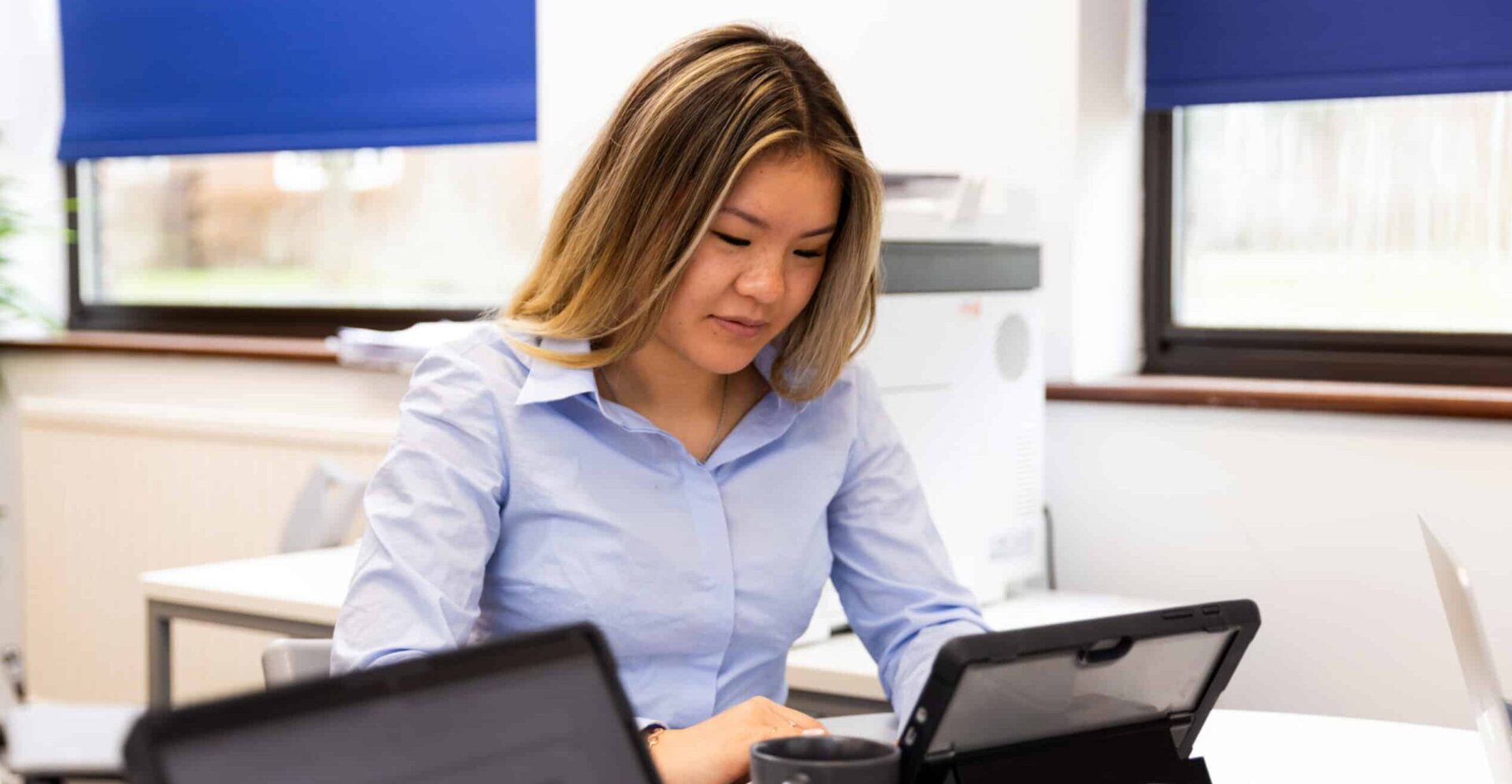
Digital learning is not about replacing traditional teaching, but enhancing it. When implemented with purpose, it empowers pupils to think critically, work collaboratively, and take greater ownership of their learning.
At Luckley House School, our digital learning approach is carefully designed to support this broader vision. By providing a consistent, flexible device and a learning environment built around real-world tools, we help pupils develop confidence, independence, and the digital fluency they will need to succeed beyond school.
If you would like to see how digital learning is shaping the future at Luckley, we warmly invite you to visit us.
Visit Luckley